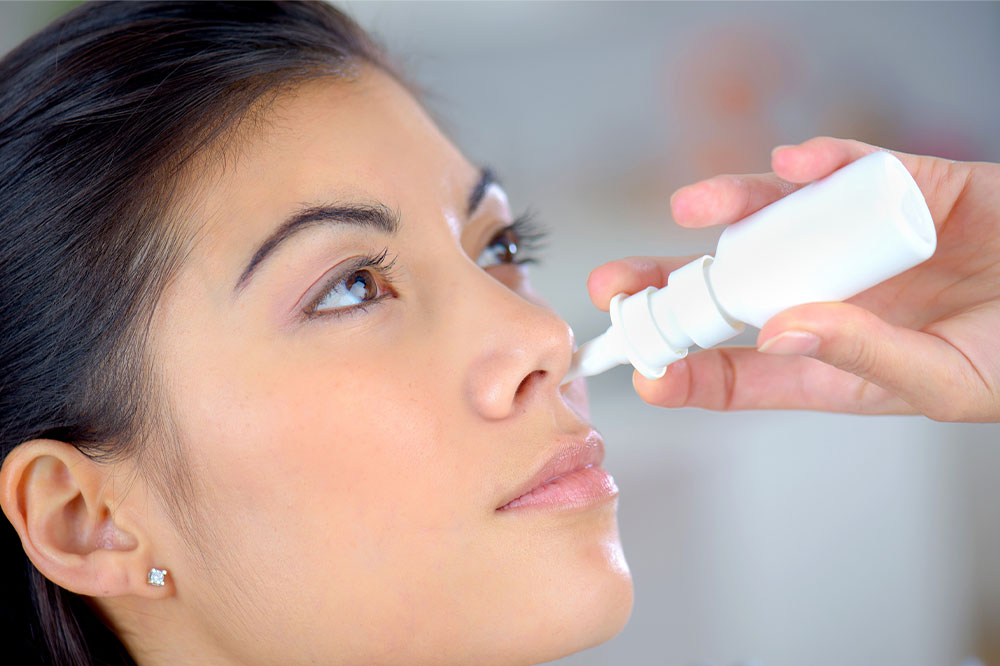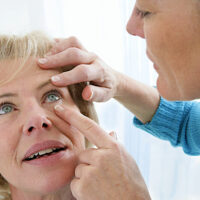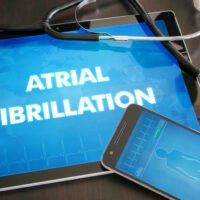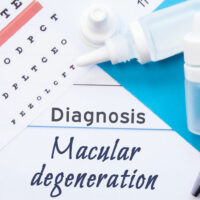6 Tips to Clear Nasal Congestion

A stuffy nose is a sign of a common illness called nasal congestion. In this condition, the nasal cavity and the sinus walls swell up, causing inflammation and fluid accumulation. Patients may also exhibit fever in cases of infection. Also, some may show signs of nasal congestion and polyps for several reasons, such as season changes, allergies, and side effects of prescription treatment options. A runny nose and watery eyes often accompany it.
Here are six home remedies that will help you get relief from nasal congestion.
Adapt to home remedies for a natural solution
For most people who are prone to nasal congestion, following certain home remedies can be the best option. Opting for prescription treatment each time is expensive, and it can adversely affect the body in several ways. For example, having the same prescriptions will cause the body to create a tolerance level, thereby reducing the chances of it affecting the body in the same way. You may need to opt for higher doses for it to be effective again. This hampers and damages your liver drastically. That said, switching to home remedies is a much safer and easier way.
Home remedies are natural options and activities that you can do with things easily available at home. This shall be highly effective for you to fight against nasal congestion. They also help in enhancing the tolerance level of your body towards allergens by improving your immunity. This further reduces the chances of getting nasal congestion persistently. Here are some home remedies that are highly effective for managing nasal congestion.
Use a humidifier
A humidifier is a small device that makes your home a humid and warm place. It uses water and releases it into the air by converting it into moisture. When one has nasal congestion, the nasal walls and the throat is highly inflamed due to the constant sneezing and coughing. Breathing in moisturized air can help soothe irritated walls. It also helps significantly with swollen blood vessels, thereby improving the drainage system of the mucus. It has similar effects to taking steam.
Stay hydrated
Having high amounts of fluids can help you stay hydrated. Optimum levels of water in your body can help thin the aggregated mucus in the nasal cavity to a great extent. This helps with faster drainage, thus helping in managing nasal congestion better. Further, another great way is to consume water fluids, such as hot water, ginger water, soups, etc. This shall not only help you keep hydrated but also help you get nutrition and food filled with anti-inflammatory properties. Further, it helps in warming the body from within, enhancing its ability to fight bacteria and viruses better.
Take a hot shower
If you are feeling uneasy and low due to nasal polyps and congestion, having a hot shower can help relax you in several ways. First, the hot water will help improve the blood flow throughout your body, thereby improving blood circulation. Further, the steam from the hot water shall enter the nasal cavity creating a warm and humid atmosphere. Steam shall also help break down the mucus molecules, causing faster drainage that helps manage nasal congestion better.
Drain your nasal sinuses
Fluid accumulation and clogging of the cavity are two main effects that are part and parcel of nasal congestion. However, paying special attention to this and draining your nasal sinuses can help you get rid of nasal congestion faster. You can make use of water therapy, where you put in water from one nostril and let it come out from the other one. This is a popularly used technique that is well known to reduce nasal fluid and get rid of clogging faster. Doing it at least two to three times a day can help you get rid of nasal congestion more quickly. You may also consider adding betadine solution if, as it has antibiotic properties.
Make use of warm compresses
Warm compresses are a great way to calm down inflamed nasal walls. They help in reducing the swelling and inflammation of the blood vessels. Thus, they help make the blood vessels more relaxed and open by improving the blood flow in the nasal cavity. This helps in making the area more nutritive and rich in oxygen, which enhances the overall activity of the muscles nearby. Further, it helps in improving the overall drainage of the nasal sinus, reducing congestion. In order to make a warm compress:
- Take a cotton cloth and gently press it on a heated stove.
- Apply it over the nose, the cheekbones, and the forehead.
- Repeat this process several times for at least 5 minutes twice a day.
Include natural decongestant foods in daily meals
Vitamin C is a great way of reducing inflammation as it has anti-inflammatory properties. It also helps in decreasing the severity of symptoms in times of cold and cough, thus making it a great addition to your everyday meal plan to help combat major congestion. Having fresh lemon is a great way to consume vitamin C. Take a lemon and squeeze it in a cup of warm water. Further, add honey to this lime water in order to make it sweeter. Having this at least once a day can help get rid of the rigid mucus filled in your nasal sinus. You can also have citrus fruits like oranges and grapefruits for an added dose of vitamin C.
Home remedies are a great way to get rid of nasal congestion due to nasal polyps. They are extremely helpful in the long run. Since there are almost no side effects, they can be used more frequently than prescription treatment options without the worry of after-effects. It is also important to understand that home remedies take time to prove effective and may not have an immediate effect. Do reach out to a physician if your symptoms aggravate or are persistent.





